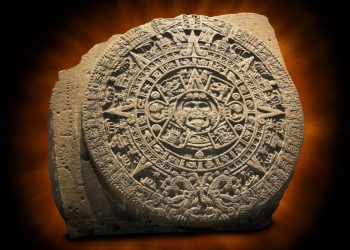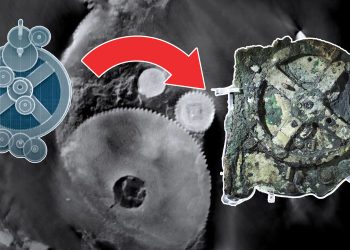Ancient Egypt has attracted people from all over the world for centuries. Seekers of mysterious artifacts, wise knowledge of distant ancestors, fabulous treasures – all of them aspired to the land of the pyramids, hoping to find what they wanted and something more.
The ancient Greek philosopher Plato also contributed to the popularization of Egypt. In his writings, he told about the connection of the mysterious priests of the pharaohs with the mythological civilization of Atlantis.
Whether this story was true or a figment of the imagination of a great thinker, when you first go to Egypt, you will understand that he had every reason to link the cultural and architectural achievements of the Black Land (this is what Egypt was called in ancient times) with another, much more developed civilization.
Today, I would like to discuss a lesser-known location in Egypt. It is a place discovered and excavated not so long ago but striking and magnificent – the Osiris Shaft.
Submerged Osiris Shaft
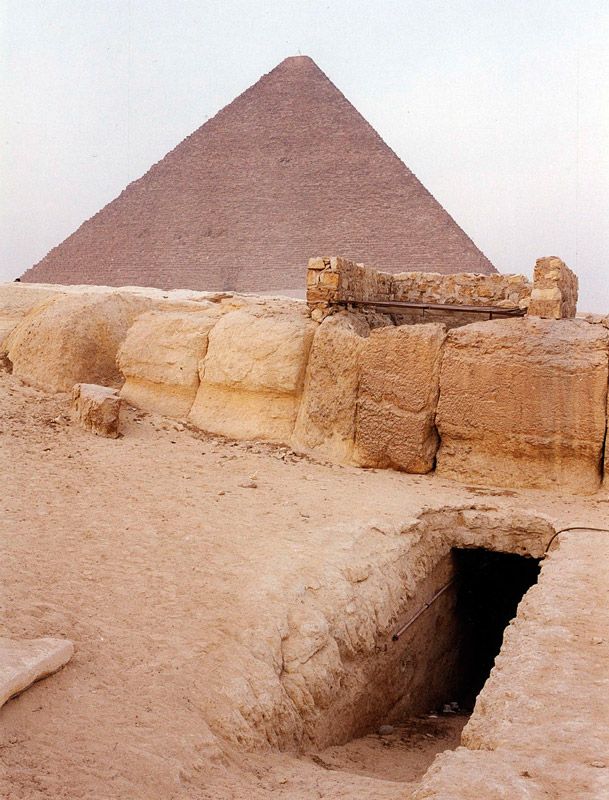
According to one of the legends, it was here that the ancient Egyptian god Osiris found his last refuge. It is located near Cairo on the Giza plateau, next to the pyramid of Khafre. The Osiris shaft is underground, and if you do not know its exact location, then you can walk a dozen times past the inconspicuous closed door in the rocky base of the plateau without noticing anything unusual.
The site was first marked on a map of Giza in 1837 by the British Egyptologist and engineer John Perring and designated as Tomb #1, in 1933-34. Egyptian archaeologist Selim Hassan, in clearing the procession road between the pyramid of Khafre and the Valley Temple near the Sphinx, discovered a mine under the road itself. The Osiris shaft had several levels. Originally, the lowest level was filled with water, which served as an obstacle to further research.
Excavations at the Osiris Shaft
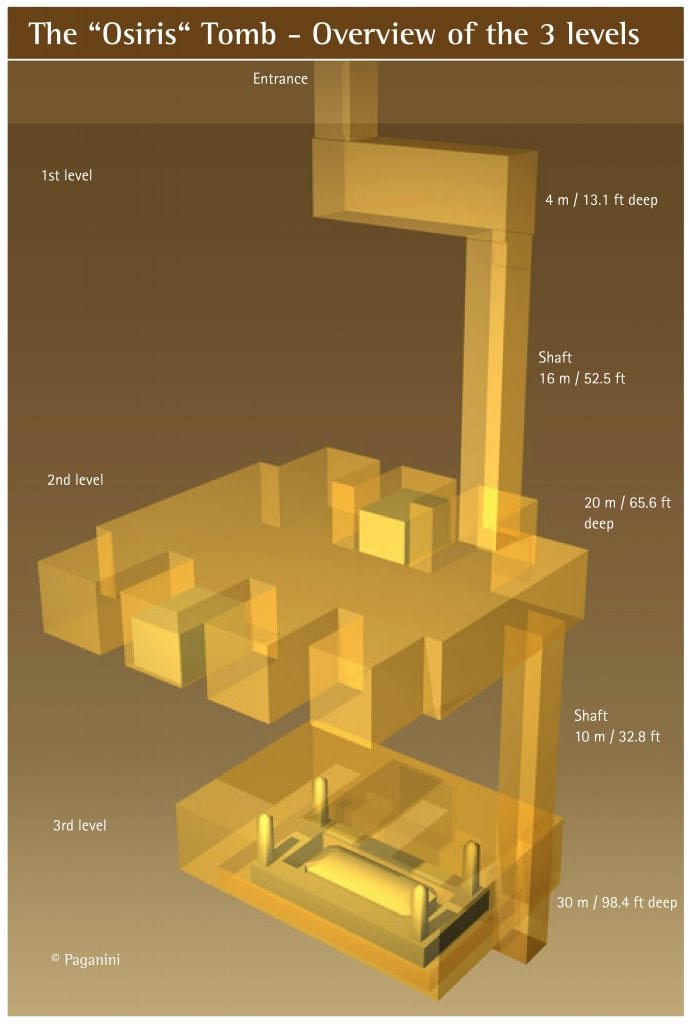
Only in 1999, under the leadership of the Minister of Antiquities of Egypt, Zaha Hawas, was it possible to pump out water from the lowest level of the mine. Since then, archaeological excavations have never ceased. It was extremely difficult to get to the site, even for an official archaeological mission, since Hawas personally supervised the work. Ordinary tourists could only dream of visiting the mine. And there is something to dream about.
It is also worth noting that amulets of various shapes, from obsidian, diorite, slate, faience, and basalt, were found on the site. The place got its name, the Osiris Shaft, thanks to the design of the tomb and amulets with the image of Osiris found at the lowest level.

Descent into the Osiris mine takes place in three stages. At the first stage, from the entrance door, you must go down 10+ meters through vertical stairs. On a small platform, there is another staircase leading down. This descent ends in a rectangular room with seven niches, two of which contain high-quality basalt sarcophagi.
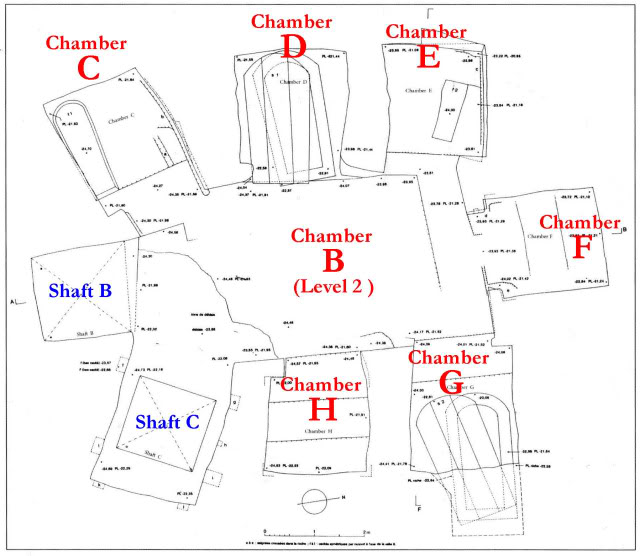
It is hard to imagine how these massive stone structures ended up at such a depth for their size! From realizing this unusual fact, it was worth visiting here. But that is not all. An extensive trail of iron oxide of unknown origin was visible in the northwest niche under the ceiling. There are similar traces in some other cracks on the Giza plateau.
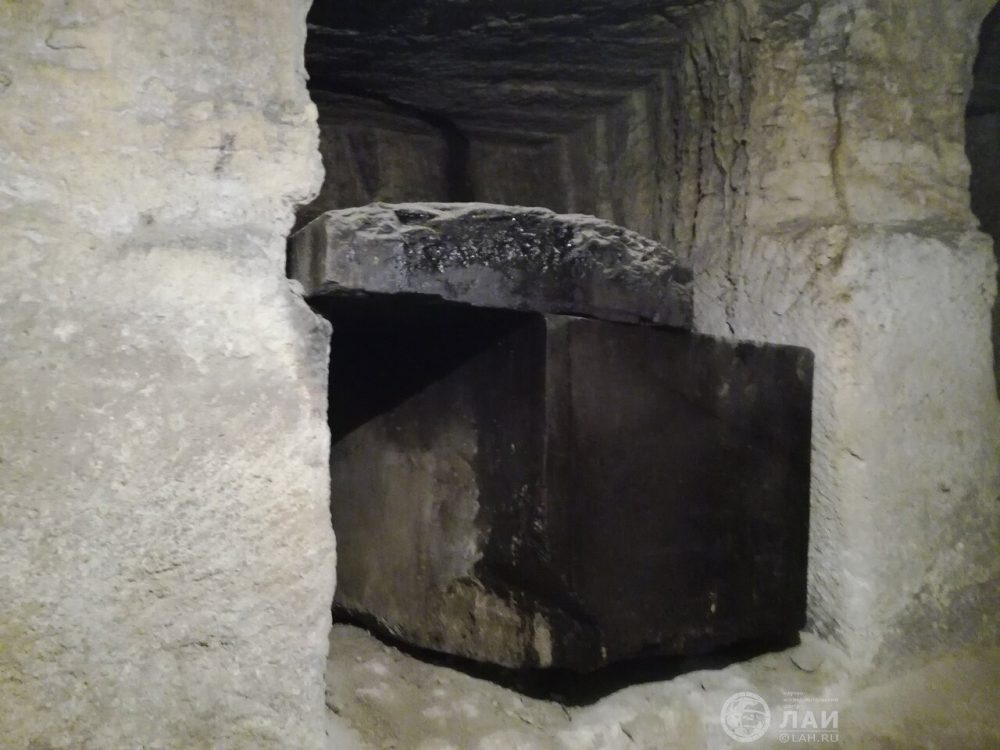
However, the most interesting thing awaits after the third descent another 12 meters down to the third and last level of the Osiris Shaft. Here, on an artificial island surrounded by water, another sarcophagus, similar to its neighbors from above, but made from granite.
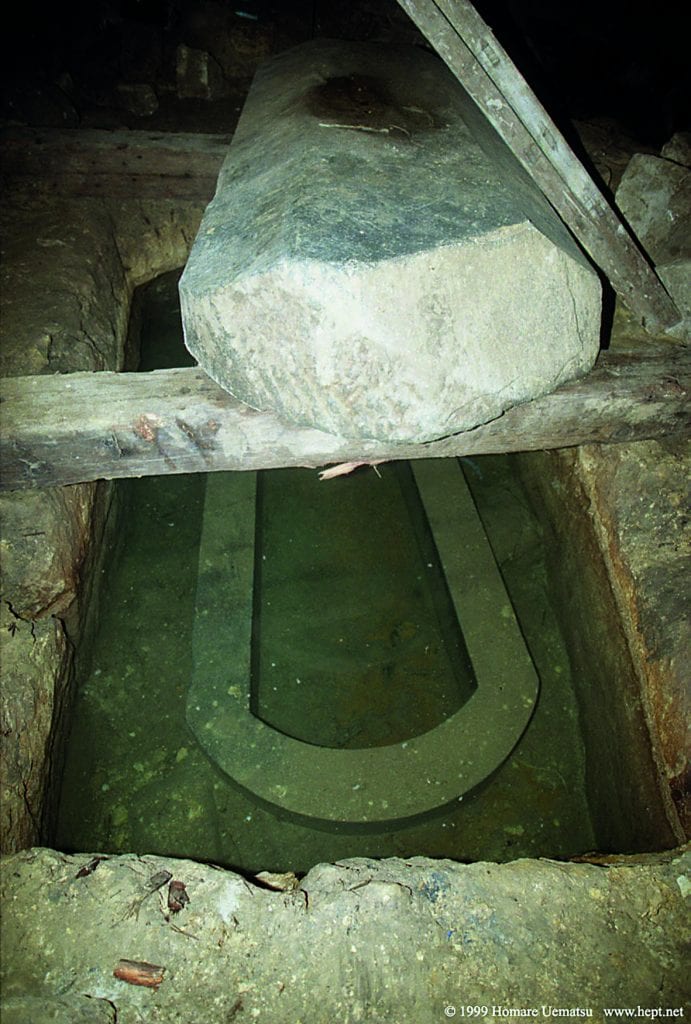
Immediately on the island, you can see the remains of rectangular columns that once towered over a stone sarcophagus. Until now, it remains unclear what stone sarcophagi were used in ancient times. But if it were a burial, then the Egyptian god would truly deserve just such a tomb.
It is here, with dim lighting, standing in silence near the groundwater that girdles the island of oblivion of the bygone era of ancient gods and heroes, suddenly you begin to realize the greatness of the colossal monuments of Egypt truly. You can even catch the movement of the spirit of history, which is invisibly present somewhere nearby, existing through all times. And how not to believe after such sights that the gods really lived among people?
Join the discussion and participate in awesome giveaways in our mobile Telegram group. Join Curiosmos on Telegram Today. t.me/Curiosmos







